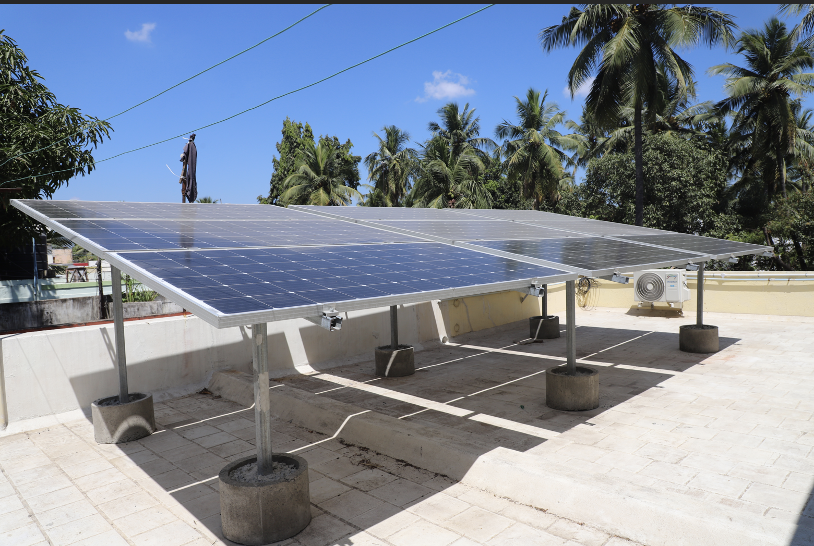In recent months, interest in photovoltaic self-consumption has been skyrocketed. And it is that solar energy is not a matter of fashion. Society is increasingly aware of the fight against climate change, opting for photovoltaic self-consumption as a clean and economical energy alternative. One of the decisive issues when designing an energy self-consumption project is the choice of the solar panel. The solar panels are the main component in photovoltaic installation consumption since they are responsible for absorbing sunlight and convert it into electrical energy.
Types of photovoltaic solar panels
The most common photovoltaic solar panels palmerston north on the market are made up of monocrystalline or polycrystalline solar cells. Both are made of silicon, which is an abundant, resistant and long-lasting mineral, and the main difference between them is the purity of the silicon. The more flawless the crystalline structure, the fewer contaminants the panel will have, and hence the better its performance.
PERC is a breakthrough technology that is presently available in Mono and Poly cells. Solar cells typically feature an emitter layer on the front side and a black coating on the back. Passivated Emitter and Rear Cell (PERC) on the other hand, uses a dielectric passivation coating on the rear surface of the cells. The front surface of PERC cells absorbs sunlight, whereas the back surface collects scattered or reflected light. Because of the increased light absorption and internal reflection, they generate more energy than their conventional equivalents. These two elements provide several advantages to end users, particularly residential customers.
There are two major highlights in the PERC modules
- Lower energy costs result in shorter payback times when energy density is higher.
- Better flexibility – gives end-users more tilt and positioning choices without losing efficiency – ideal for residential customers with limited roof space.
Mono PERC Panels
Mono PERC solar panel is high-efficiency cells that are more efficient than a standard monocrystalline module. A mono PERC cell has a passive diactric between the aluminum layer and the silicon base layer of the cell, so it is achieved that these infrared light electrons do not penetrate to the aluminum layer and are reflected, allowing current to be generated between the base coat and the emitter. The PERC cell’s “sensitivity” to long wavelengths is increased by using infrared light.
How beneficial is it to use PERC panels?
When two of the top technologies on the market are combined, they deliver even better energy efficiency of up to 22%, justifying the high cost of a retail solar power system. The needed energy production can be achieved with a smaller number of panels. Their superior low-light and high-temperature performance allows for greater installation and mounting versatility.
It’s possible that mono PERC isn’t appropriate for all solar installations. They are, however, best suited to residential rooftop installations, where a faster return on investment and reduced installation costs are paramount. As the need for high-efficiency panels grows, buyers will unavoidably gravitate toward mono PERC panels. In India, they are available from most tier-1 module manufacturers, such as Loom Solar. It is the first and only brand that offers the solar panels with 22-23% efficiency.
